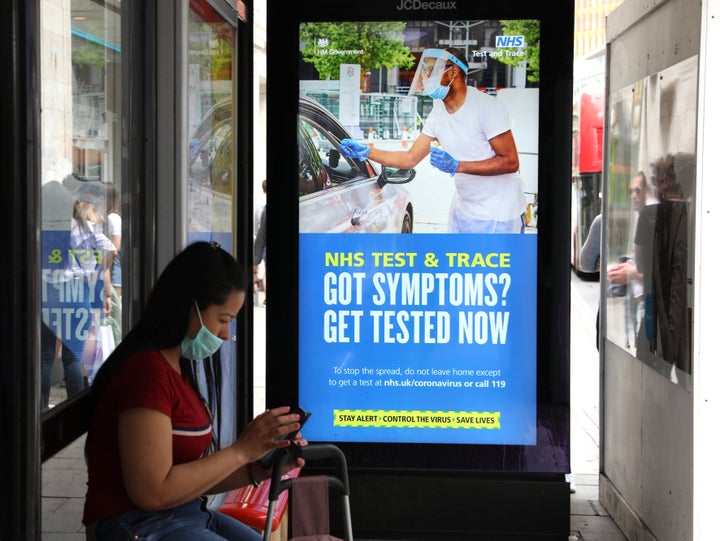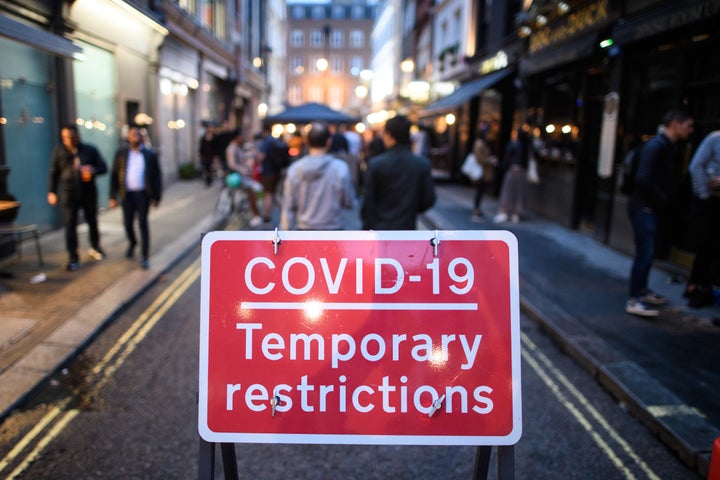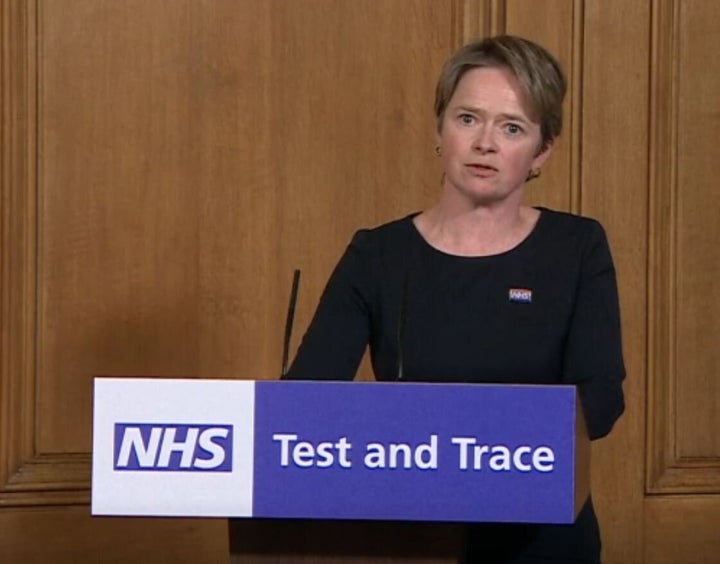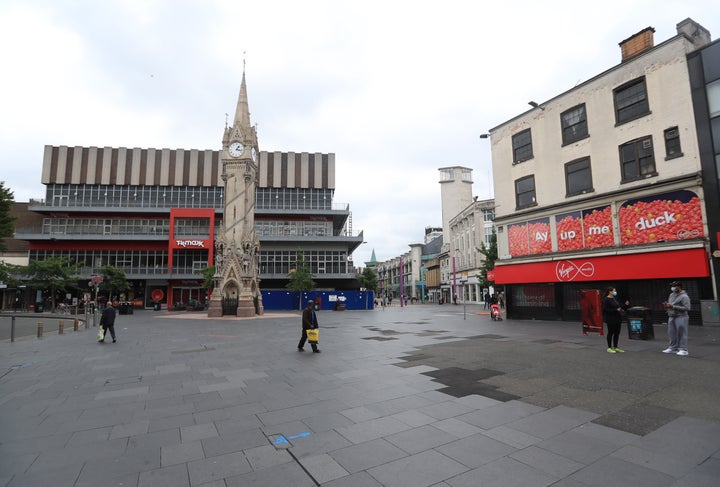Get the latest on coronavirus. Sign up to the Daily Brief for news, explainers, how-tos, opinion and more.
Unless you have been *incredibly* bored in lockdown (or you’re a politics reporter), you probably weren’t watching the House of Lords’ science and technology committee on Monday.
But something pretty significant came up as peers grilled Baroness Dido Harding, the head of the government’s coronavirus Test And Trace programme – the prospect of “backward tracing”.
This kind of tracing is already being carried out in other countries such as Japan, where it has been credited with helping to keep the number of cases down. But it could soon be implemented in the UK too.
So what is backward tracing?
How does the NHS trace people at the moment?

At the moment, the NHS Test And Trace service quizzes people who have tested positive for Covid-19 about who they were in the close contact with in the 48 hours before they started showing symptoms of the virus.
This is an attempt by contact tracers to try and work out who coronavirus patients may have passed the infection on to.
These people – who are potentially infected with Covid-19 – are then contacted and told to stay at home for two weeks, even if they don’t have symptoms, in a bid to stop the spread of the virus.
So what is backward tracing?
Backward tracing is something different. Rather than working out who someone with Covid-19 may have infected, a backward tracing programme tries to identify where a coronavirus patient contracted the virus in the first place.
Contact tracers do this by taking details of where people who have tested positive for Covid-19 have been in the past 14 days and who they have been in close contact with.
What are the benefits of backward tracing?

The government’s SAGE group – which is made of scientists who advise ministers on emergencies – has called for backward tracing to be used in the UK.
According to the group, the main benefit of backward tracing is that it allows contact tracers to identify “potential clusters” of infection.
For example – were a number of people infected after going to a certain restaurant or bar? Or did a group of people get the virus after attending a party?
What did Baroness Harding say?

Speaking to peers on Monday, Harding – who is the head of the government’s Test And Trace programme – said the NHS was building backward tracing capability “as we speak”.
It’s currently being trialled in Leicester, she told the science committee.
“I think as the rate of the infection comes down, backward tracing becomes increasingly viable,” she said, calling it an “important component” in the coronavirus tracing model.
“So going back a full 14 days to understand where the individual may have been infected. And then contact everybody who might have been infected at the same time.
“That’s exactly why we have asked all entertainment venues to keep records of people who have attended their premises,” she added.
“That is a key element of the backward tracing system we are building, so we can very quickly identify and make it faster for our contact tracers to do that full backward trace.”
What has the Leicester trial shown?

A Public Health England report published on June 29 showed that Leicester residents were included in a backward tracing study that is being piloted across the country.
Ministers decided to keep the city – and parts of its suburbs – under stricter lockdown restrictions after a surge in coronavirus cases.
According to the report, there was an aim to sample 50 case studies in the city. However, only 11 cases had completed the study by June 24.
“Preliminary analysis of the 11 cases did not identify any events with multiple households attending,” the report read.
“Most of the cases did not report leaving home, other than for visiting supermarkets.”

